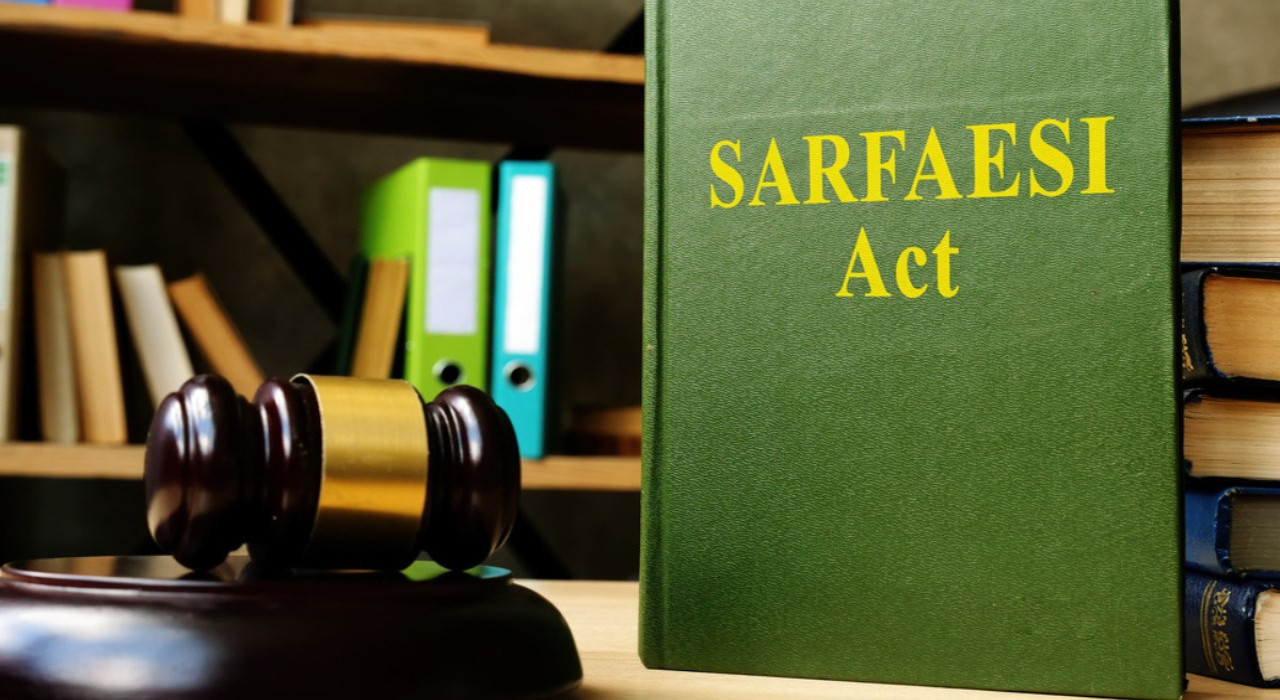Get Support
123-456-789-10

What Is The SARFAESI Act? A Complete Fact Check For Borrowers And Secured Creditors
INTRODUCTION
In India, effective debt recovery mechanisms are vital for maintaining the financial health of banks and other financial institutions. One of the most significant legislative frameworks empowering Secured Creditors is the SARFAESI Act, 2002. Short for the Securitization and Reconstruction of Financial Assets and Enforcement of Security Interest Act, this law has become a cornerstone in non-performing asset (NPA) resolution.
Whether you're a borrower, banker, or an asset reconstruction company, understanding the scope and process of the SARFAESI Act is crucial. Here’s a comprehensive fact check to help you navigate this law.
1. What is the SARFAESI Act?
The SARFAESI Act was enacted in 2002 to allow banks and financial institutions to recover their non-performing assets (NPAs) without the need for court intervention. It provides for the enforcement of security interests, asset reconstruction, and securitization of financial assets.
Key Objectives:
To empower Secured Creditorsto recover defaulted loans efficiently.
To enable securitization and reconstruction of financial assets.
- To reduce the backlog of civil cases in debt recovery tribunals.
2. Who Can Use the SARFAESI Act?
Only secured creditors such as banks and financial institutions registered with the Reserve Bank of India (RBI) can invoke SARFAESI provisions. It cannot be used by:
Unsecured lenders
Individual lenders
- Non-bank financial companies (NBFCs), unless specifically notified
3. When Can the SARFAESI Act Be Invoked?
SARFAESI can be applied when:
The loan is classified as an NPA (typically overdue for more than 90 days).
The outstanding loan amount is more than Rs.1 Lakh.
- The security interest is created on tangible assets (e.g., land, building, plant, machinery).
4. What Powers Does the Act Give to Secured Creditors?
Once the borrower defaults, the Secured Creditor can:
Issue a demand notice under Section 13(2) to repay the dues within 60 days.
On non-compliance, take symbolic possession of secured assets under Section 13(4).
- Appoint a manager to manage the secured assets.
Sell, lease, or assign the assets to recover dues.
File applications with the Chief Metropolitan Magistrate (CMM)/ CJM for physical possession if the borrower resists.
5. Rights of Borrowers Under the SARFAESI Act
Despite the Secured Creditor's broad powers, borrowers are not without remedies:
Borrowers can file objections to the demand notice within representation rights under Section 13(3A).
They can appeal to the Debt Recovery Tribunal (DRT) under Section 17.
A further appeal can be filed before the Debt Recovery Appellate Tribunal (DRAT).
6. Role of Asset Reconstruction Companies (ARCs)
ARCs play a vital role under the SARFAESI Act by:
Acquiring NPAs from banks via security receipts or cash.
- Reconstructing assets through revival, sale, or settlement.
Acting on behalf of Secured Creditor under SARFAESI once the asset is acquired.
ARCs must be registered under Section 3 of the SARFAESI Act and are regulated by the RBI.
7. Limitations and Criticisms
Though effective, the SARFAESI Act has faced certain criticisms:
It bypasses judicial scrutiny, which may lead to misuse.
It’s not applicable to agricultural land.
- Enforcement delays and litigation can still hamper recovery.
8. Recent Developments
NBFCs with ₹100 crore+ assets are now allowed to invoke SARFAESI (2020 notification).
The Supreme Court has reinforced borrower rights, emphasizing proportionality and due process.
Digital auctions and e-filing mechanisms have streamlined enforcement.
CONCLUSION:
The SARFAESI Act remains a powerful legal tool for secured creditors, enabling swift and structured recovery of bad debts. However, with great power comes the responsibility to follow due process and respect borrower rights. For asset reconstruction companies, understanding and aligning operations with SARFAESI ensures both legal compliance and operational efficiency. For Auction Purchasers, it enables credibility, reliability and transparency.
SOURCE: Various Sources
Stay tuned for more legal updates and case law breakdowns. Have questions about SARFAESI proceedings or property rights? Reach out to us for a detailed consultation.
Disclaimer : The content in this blog is for informative purposes only. Expert opinion may be sought as your case and circumstances may be.
Make An Enquiry?
We can help you realize your dream of a new property

